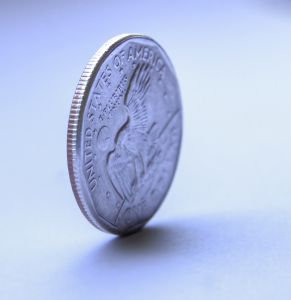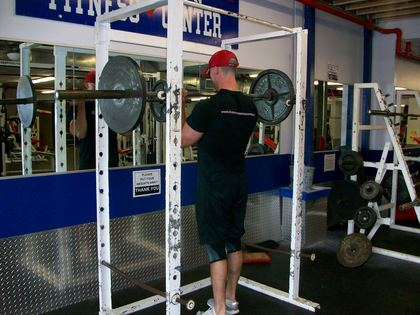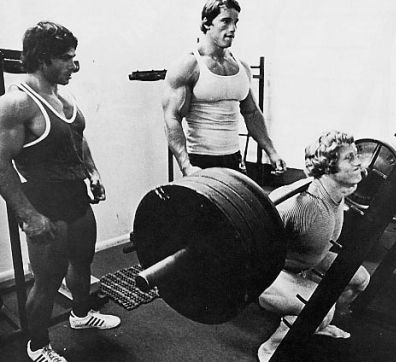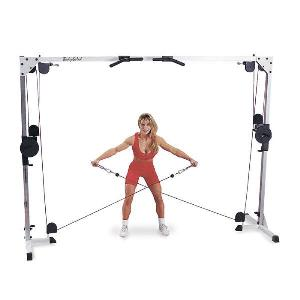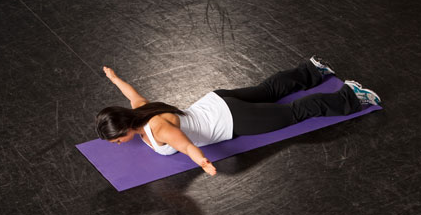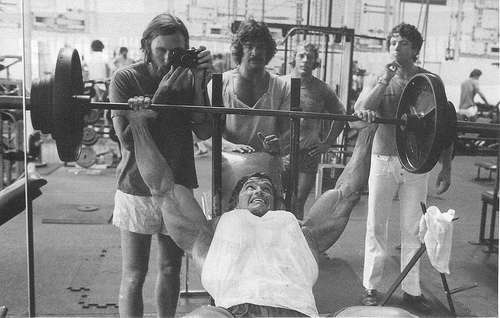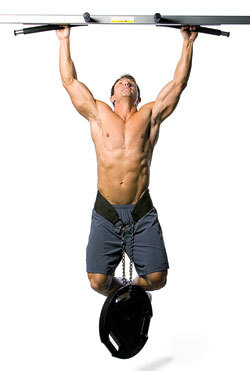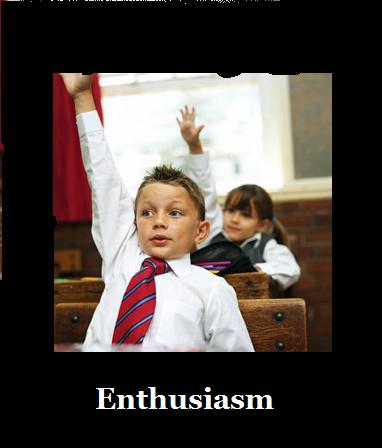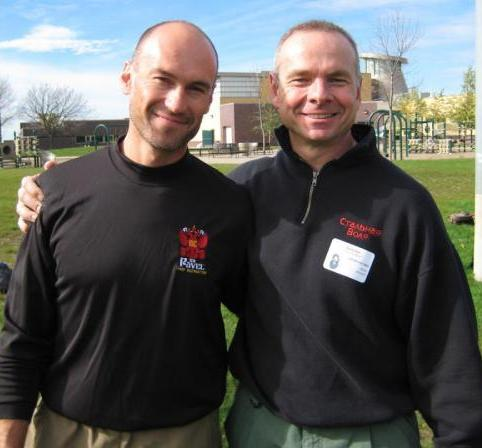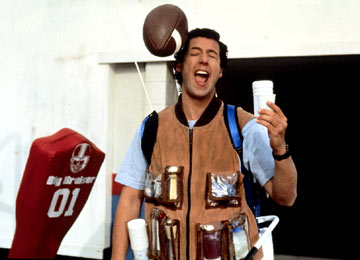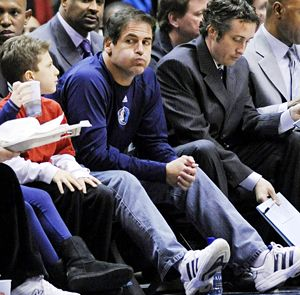
I did it too. I drove by big houses and would wonder who lived there. What did they do for a living? How did they make their money? Someday, I would tell myself, I would live in a house like that. Every weekend I would do it.
I read books about successful people. In fact, I read every book or magazine I could get my hands on. I would tell myself 1 good idea would pay for the book and could make the difference between me making it or not.
I worked jobs I didn’t like. I worked jobs I loved, but had no chance of being a career. I worked jobs that barely paid the rent. I had so many jobs my parents wondered if I would be stable. Most of them aren’t on my resume anymore because I was there so short a time or they were so stupid I was embarrassed. You don’t want to write about selling powdered milk or selling franchises for TV repair shops. In every job, I would justify it in my mind whether I loved it or hated it that I was getting paid to learn and every experience would be of value when I figured out what I wanted to do when I grew up.
If I ever grew up, I hoped to run my own business some day. It’s exactly what I told myself every day. In reality, I had as much doubt as confidence. I was just hoping the confidence would win over the doubt and it would all work out for the best.
I remember being 24 years old, living in Dallas in a 3-bedroom apartment with 5 other friends. This wasn’t a really nice place we all kicked in to move up for. This place has since been torn down. Probably condemned. I didn’t have my own bedroom. I slept on the couch or floor depending on what time I got home. I had no closet. Instead I had a pile that everyone knew was mine. My car had the usual hole in the floorboard, a ’77 FIAT X19 that burned a quart of oil that I couldn’t afford every week.
To make matters worse, because I was living on happy hour food, and the 2 beers cover charge, I was gaining weight like a pig. My confidence wasn’t at an all time high. I was having fun. Don’t get me wrong. I truly was having a blast. Great friends, great city, great energy, pretty girls. Ok, the pretty girls had no interest in my fat and growing ass at the time, but that’s another story….
I was motivated to do something I loved. I just wasn’t sure what it was. I made a list of all the different jobs I would love to do. (I still have it.) The problem was that I wasn’t qualified for any of them. But I needed to pay the bills.
I finally got a job working as a bartender at a club. A start, but it wasn’t a career. I had to keep on looking during the day.
About a week later I answered a want ad out of the newspaper for someone to sell PC Software at the first software retail store in Dallas. The ad was actually placed by an employment agency. The fee was to be paid by the company, so I gave it a shot.
I put on my interview face, and of course my interview suit, which just happened to be one of my 2 polyester suits that I had bought for the grand total of 99 dollars. Thank god for 2-fer, 2-fer, 2-fer madness at the local mens clothing store. Grey Pinstripe. Blue Pinstripe. Didn’t matter if it rained, those drops just rolled down the back of those suits. I could crumple them. They bounced right back. Polyester, the miracle fabric.
I wish I could say the blue suit and my interview skills impressed the employment agency enough to set up the interview with the software store. In reality, not many had applied for the job and the agency wanted the fee so they would have sent anyone over to interview. I didn’t care.
I pulled out the grey for my interview at Your Business Software. I was fired up. It was my shot to get into the computer business, one of the industries I had put on my list!
I remember the interview well. Michael Humecki the Prez, and Doug (don’t remember his last name), his partner double-teamed me. Michael did most of the talking to start. He asked me if I had used PC software before. My total PC experience at the time was on the long forgotten TI/99A that had cost me 79 dollars. I used it to try to teach myself Basic while recovering from hangovers and sleeping on the floor while my roommates were at work. They weren’t impressed.
I was trying to pull out every interview trick I knew. I went through the spiel about how I was a good salesperson, you know the part of the interview where you are basically begging for a job, using code phrases like “I care about the customer”, “I promise to work really, really hard” and “I will do whatever it takes to be successful”. Unfortunately, I was getting that “well if no one else applies for the job, maybe” look from Michael.
Finally, Doug spoke up. He asked me. “What do you do if a customer has a question about a software package and you don’t know the answer?” All of the possible answers raced through my mind. I had to ask myself if this was the “honesty test question” you know where they want to see if you will admit to things you don’t know. Is this some trick technology question and there is an answer everyone but me knows? After who knows how long, I blurted out that “I would look it up in the manual and find the answer for them.” Ding, ding, ding…Doug just loved this answer.
Michael wasn’t as convinced, but he then asked me the question I was dying to hear: “Would you not go back to the employment agency at all, so when we hire you we don’t have to pay the fee?”
I was in.
What does all this mean? Nothing yet. It was just fun to tell. You have to wait till part 2, if you care, and if there is a part two. Right now, it’s much more important that I go play with my daughter.


